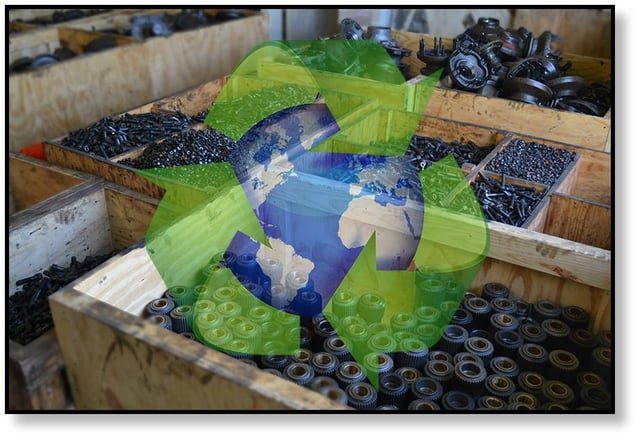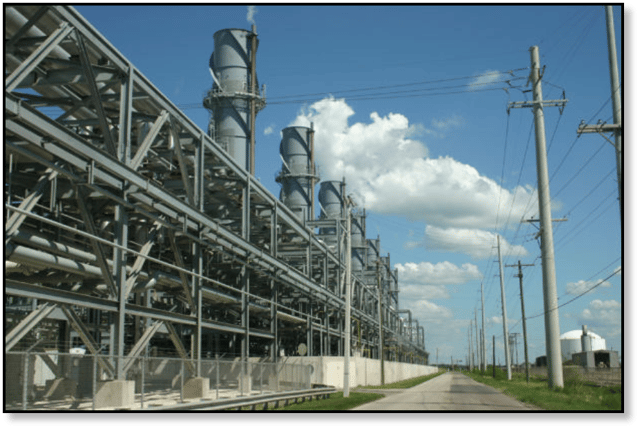Positive Manufacturing Impact
The US Department of Energy just announced the REMADE Institute — Reducing Embodied-energy And Decreasing Emissions — which possesses the dual goal of increasing US manufacturing competitiveness while driving down the often prohibitive costs of recycling, reusing, and remanufacturing. This exciting initiative can have a very positive impact on both the environment and economy here in the US.

We've got more posts you might enjoy! Try one of these ...
- Final Drives: Re-Manufactured versus Rebuilt
- 3 Things You Should Know about Eaton and Hydraulic Motors
- 5 Reasons a Final Drive Can Lack Power
Driving Force Behind REMADE
 The concept behind the Department of Energy's REMADE Institute is the idea that we can significantly reduce America’s energy usage over the next five years by focusing on energy savings during manufacturing. This makes sense when we consider that, according to the National Association of Manufacturers, over 25% of America’s energy consumption can be traced back directly to manufacturing.
The concept behind the Department of Energy's REMADE Institute is the idea that we can significantly reduce America’s energy usage over the next five years by focusing on energy savings during manufacturing. This makes sense when we consider that, according to the National Association of Manufacturers, over 25% of America’s energy consumption can be traced back directly to manufacturing.
Energy Required for New Manufacturing
Manufacturing new product like a final drive involves much more energy than remanufacturing one. Energy is required in every step of the original manufacturing process: mining the ores and elements that are used to make the steel, creating quality steel out of those ores and elements, shipping the steel to the manufacturing centers, transforming that steel into the various parts and components … every single step involves the use of energy.

That's why the REMADE institute is looking for better technology and improved methods to encourage the re-manufacture and reuse of products: it requires less energy and is a far better use of our natural resources to reman, rebuild, and repair than it is to start from scratch with a new part.
REMADE Focus
REMADE plans to focus on four areas: design for reuse and disassembly, encouraging the efficient use of materials (including methods such as near net shaping), remanufacturing/EOL reuse, and recycling & recovery.
At Texas Final Drive we are especially interested in the research they will be doing on remanufacturing/EOL reuse. Included in this endeavor will be better technologies for “cleaning, component restoration, condition assessment, and reverse logistics.”
Cleaning is one of the major undertakings in our re-manufacturing process, beginning with the exterior of the final drive and continuing until every single part and component has been thoroughly cleaned and degreased. Our next step is condition assessment, where we look at each component to determine if it is suitable for reuse.

Conclusion: Better Final Drives
We know from experience that remanufactured final drives can be even better quality than new final drives at a fraction of the cost. In addition to the financial benefits of remanufactured final drives, there are environmental benefits, too. Keep that in mind when its time to replace your final drive!
Better final drives mean increased productivity, fuel efficiency, and maximum uptime. Get your free resource guide powered by Texas Final Drive on understanding Hydraulic Motors and Torque Density and the difference it makes.

